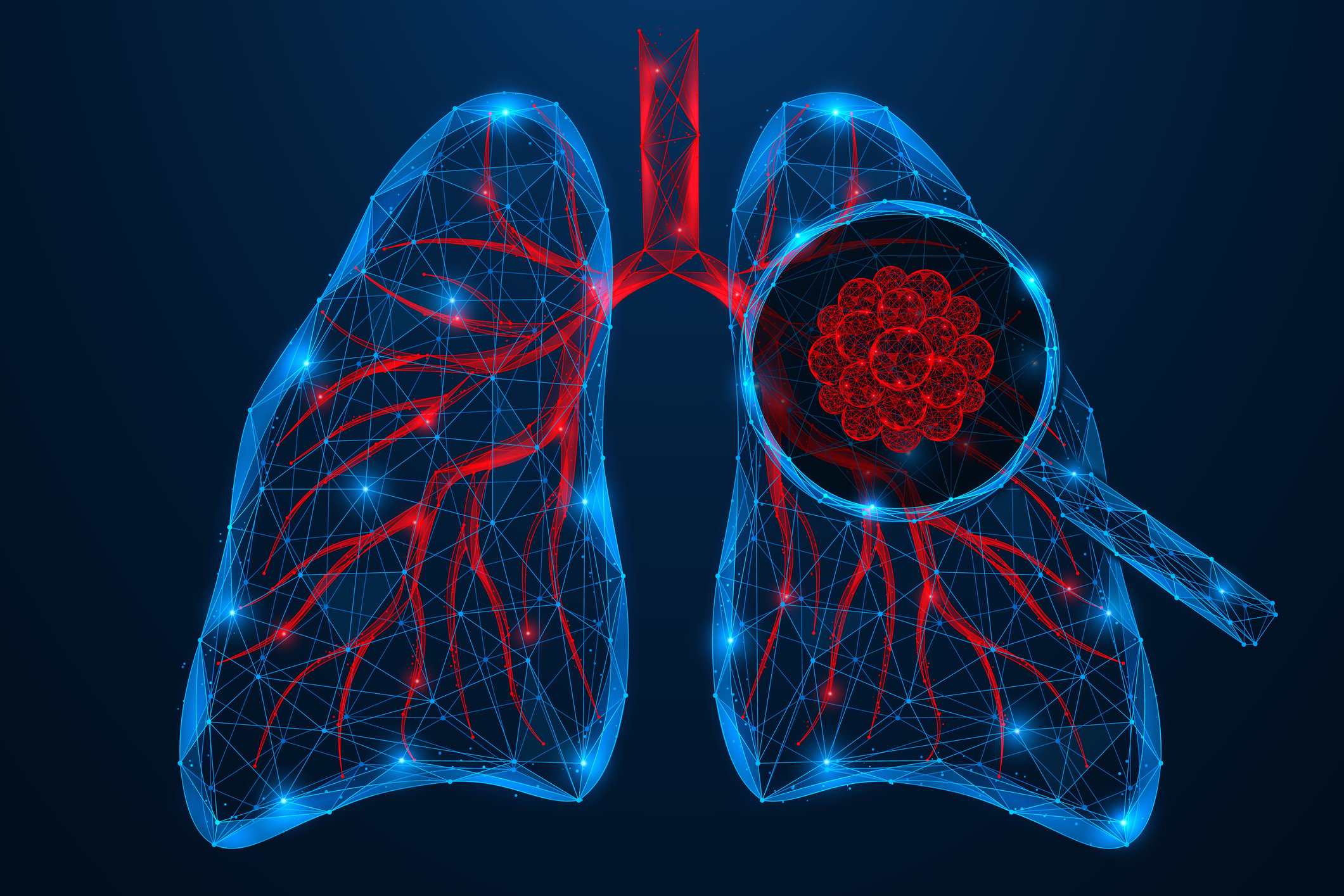As a cutaneous T-cell lymphoma with an erythrodermic course, Sézary syndrome is a rare entity. Nevertheless, most physicians have encountered this prognostically unfavorable disease, at least in theory. This may be due not only to the memorable clinical picture but also to the proper name. But where does this actually come from?
In 1938, an overweight female patient presented at the Hôpital Saint-Louis in Paris with severe itching and impressive, scaly skin redness. The disease had spread from the upper back to the entire body during five months. Closer examination also revealed swollen inguinal lymph nodes. The dermatology professor Albert Sézary, then 58 years old, was faced with his first case of the syndrome that would later bear his name. In skin biopsies and blood samples from his patient, he discovered unusual giant cells – “cellules monstreuses” – with nuclei that filled almost the entire cell body. He had already noticed similar cells in the skin of patients with mycosis fungoides, but not in the blood. Sézary wrote down the case.
Only one month later, the second description of a similar clinical picture followed, this time of a 69-year-old patient in extremely poor condition. Sézary proposed “paramycosis hémotrope” as the name for the newly discovered entity, in reference to the apparently related mycosis fungoides. In 1942, the dermatologist wrote another case description and in 1949 – after the turmoil of World War II had ended – a more detailed treatise on the disease with various illustrations. All patients had died within 40 months of initial presentation.
A life for medicine
Sézary’s influence on medical history, however, goes far beyond the obvious, the initial description of Sézary syndrome. Thus, the physician devoted a large part of his life to the study of syphilis and endocrinological diseases, especially the adrenal glands. In 1921 he was the first to use the combination treatment with arsenic and bismuth for the therapy of lues. He also played a major role in the introduction of stovarsol for the treatment of neurosyphilis, which represented a significant advance. Other areas of research included cutaneous allergy testing and the neoplasms of the reticuloendothelial system then grouped under the term “reticuloses,” such as histiocytoses.
In total, Sézary published about 830 pieces of writing during his 75-year life. His clinical career began in internal medicine and neurology, first in his birthplace of Algiers, Algeria, and then in Paris. This was followed by a move to dermatology. Among other positions, Sézary served as department head at the Hôpital Broca and Hôpital Saint-Louis hospitals in Paris. He was professor of dermatology and venereology at the University of Paris from 1927.
The two world wars, which the doctor, born in 1880, experienced in full force, left deep traces in his life. While he served in the medical corps during World War I and was awarded the Order of Merit of the Legion of Honor in 1917, he directed the dermatology clinic in Tours after the outbreak of World War II. There, after the German occupation, Sézary confirmed a syphilis diagnosis to many healthy people and thus saved them from deportation. In 1942 he had to flee himself and narrowly escaped execution.
With his diverse medical interests and the abrupt breaks caused by the two wars, there was apparently little room for private matters. Sézary shared a household with his mother and a servant, Carmen. It was only when his mother died in 1944 that he married at the age of 63. He attended lectures until his death in 1956 and is said to have placed great emphasis on punctuality. Thus, he refused to shake hands with students who were even seconds late. Nowadays, he would probably have to think of something else to achieve the effect of this measure at the time.
Source: Steffen C: The man behind the eponym dermatology in historical perspective: Albert Sézary and the Sézary syndrome. Am J Dermatopathol. 2006; 28(4): 357-367.
Literature:
- Bagot M: Sézary syndrome. Orphanet. Status August 2013. www.orpha.net (last accessed on 01.05.2021)
InFo ONCOLOGY & HEMATOLOGY 2021; 9(3): 30












